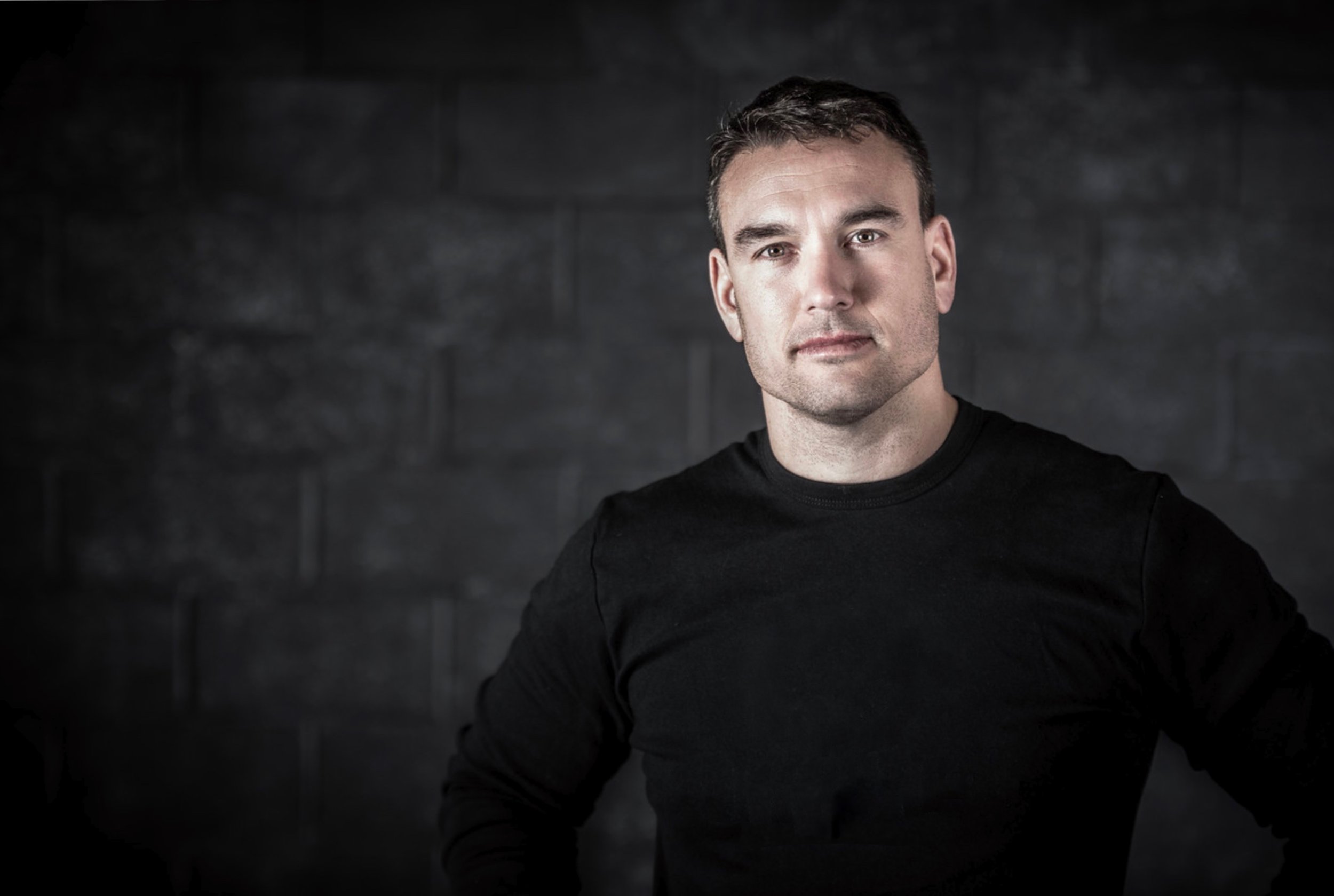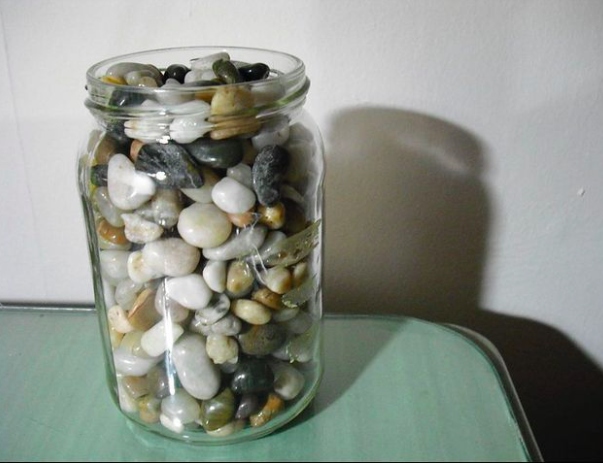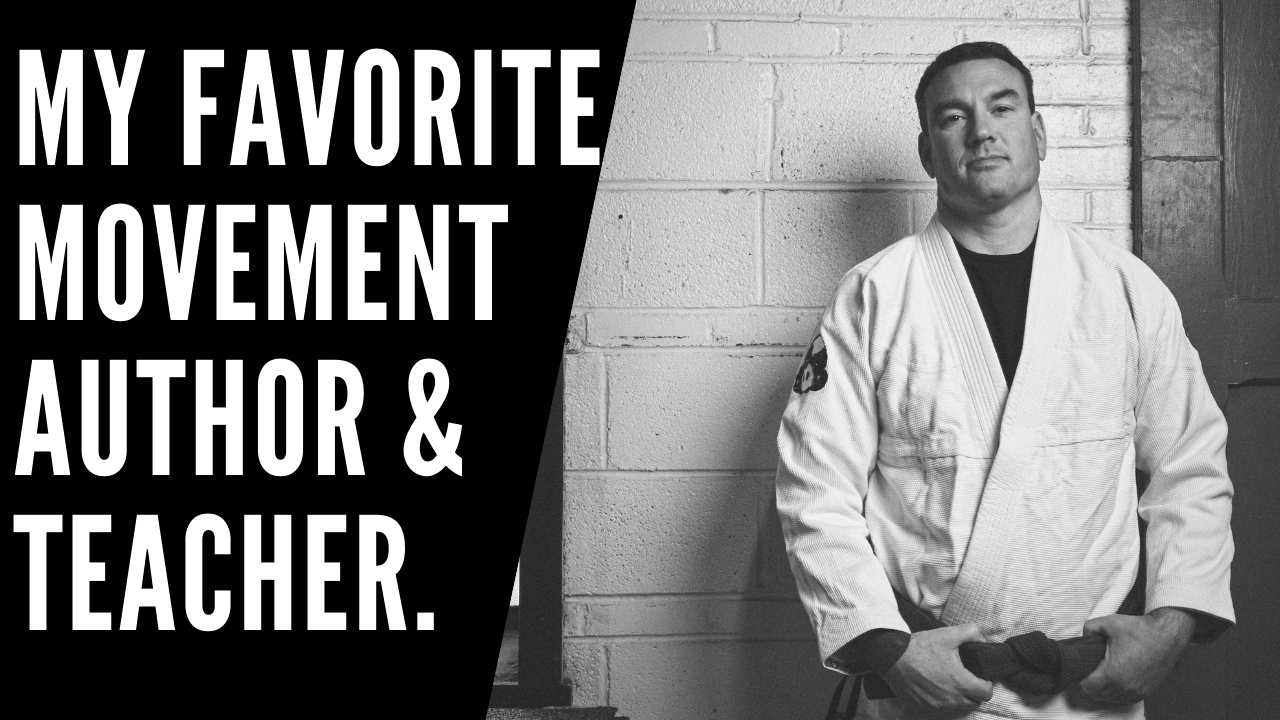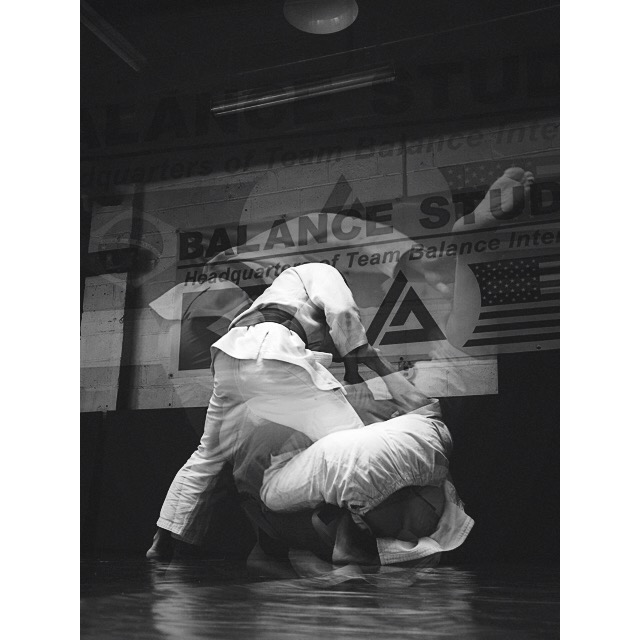As part of my daily ritual, I read at least 10 pages, often much more if I can get some alone time. Sometimes it's a book that I'm revisiting for the 100th time, as in this case, and sometimes it's a new book I recently picked up. As I read, I'd like to share with you the parts that really jump out at me.
The following few paragraphs were written by my mentor Frank Forencich, creator of Exuberant Animal.
It's taken from an essay called "Learning from the Inside Out." It's part of a collection of essays from his book called "Change Your Body Change the World."
I think you'll like it. I added some notes within the text also. I think you'll clearly see how this all relates to learning Brazilian Jiu-Jitsu very easily. Enjoy.
"Musicians everywhere are united on this score. Theoretical abstractions don't carry much weight in music education; it's time-on-task that makes the difference.
Learn to play by playing.
Learn to move by moving.
Keep at it.Immerse yourself in the process and participate fully.
Practice. Practice. Practice.
Abstract knowledge is nice if you can get it, but it's action that makes the musician.
In this sense, music and physical education are simply different expressions of the same physical education process. Africans have known this for a long time, ( *I would also argue Brazilians and indigenous cultures.) but in the West we have yet to realize the common ground between music and movement. We segregate athletics and music into different departments, often located at opposite ends of the campus. We use different curriculums and require that athletic and music teachers undertake entirely different courses of study and earn separate credentials.
But this isolation and segregation reveals a deep misunderstanding of physical learning.In fact, the musician and the athlete are engaged in a learning process that is far more similar than different. Ultimately, the biggest difference between the musician and the athlete is that the athlete works with big muscles of the butt, thighs and core, while the musician works with smaller muscles of the fingers, arms or mouth. But both artists are ultimately after the same objective: quality movement that's smooth, powerful and lively. Both are working the nervous system, sensation and motor feedback loops to produce highly coordinated, orchestrated movement.
In fact, as a thought experiment, let's try putting music teachers in charge of physical education and physical educators in charge of music. Yes, there would be a transition period with plenty of noise and wasted effort in the process, but ultimately everything would work out very nicely indeed. Musicians and coaches are both physical performance teachers after all.
So let's get back to the fundamentals.
Leave the abstractions for a another day. Get some movement going, then refine it as you go.
Play the music, play the body, play the drum. Play Jiu-Jitsu!
It's all the same thing."





